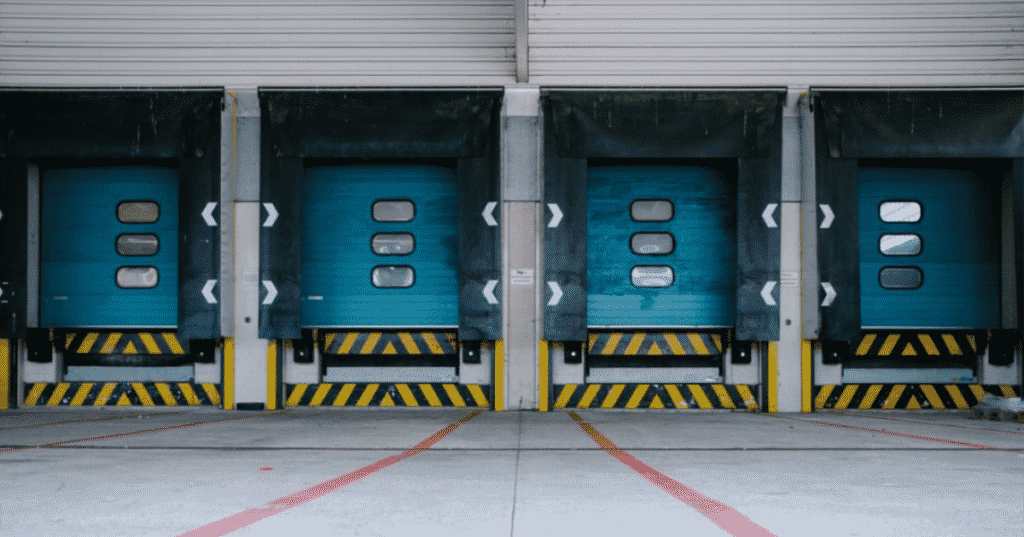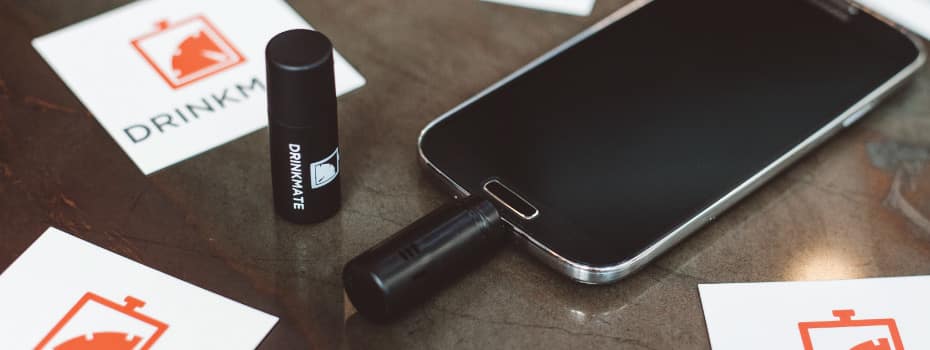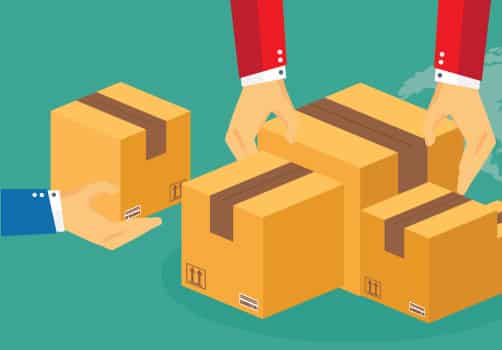There is a lot to consider when you start an eCommerce store. What do you sell? How do you sell it? Who will buy? There is also the minor detail of how to send products to your customer.
Seldom does an enthusiastic entrepreneur start their brainstorming by saying, “but how do they return the item if they don’t want it?” Yet this is such a vital question to answer. Failure to consider reverse logistics can become a major problem very quickly.
When items break, you need a way to handle them. If a customer wants to return a perfectly good item, unopened in the original packaging, you need a process to handle that too. If an item needs a simple repair, will your company repair it or replace it? All these considerations and more fall under the umbrella of reverse logistics.
Need help fulfilling orders for your business?
Request your quote today.
What is Reverse Logistics?
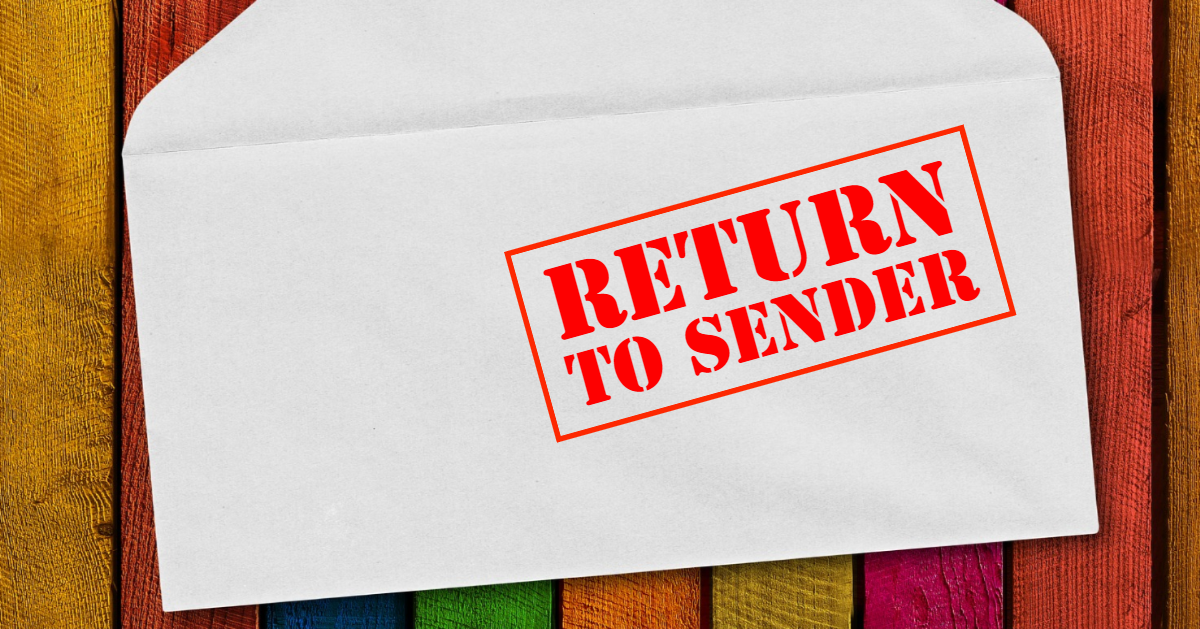
Reverse logistics is a relatively new term, with its first recorded usage being as recently as 1992. To put it succinctly, reverse logistics is what happens when items go backward in the supply chain, often going from the consumer to the fulfillment company (and sometimes even farther back).
Reverse logistics covers returns, recalls, repairs, refurbishments, warranties, and more. This is not some niche problem either. As many as 20% of eCommerce items are returned, compared to the 8-10% rate experienced by brick-and-mortar stores.
Running an effective reverse logistics pipeline is surprisingly complex. Inbound items are first shipped back to the sender through the return process. Next, those items are received at the returns facility – which could be as simple as a business owner’s home or as complex as a third-party logistics company. Next, any relevant data such as inventory or accounting data are updated. Items are then repaired, returned to the manufacturer, sold on a secondary market, stripped for parts, recycled, or destroyed.
Is your head spinning yet? If so, that’s a normal response. After all, before going through all this hassle, it’s worth asking why reverse logistics is important in the first place…
How Reverse Logistics Can Help Your Business
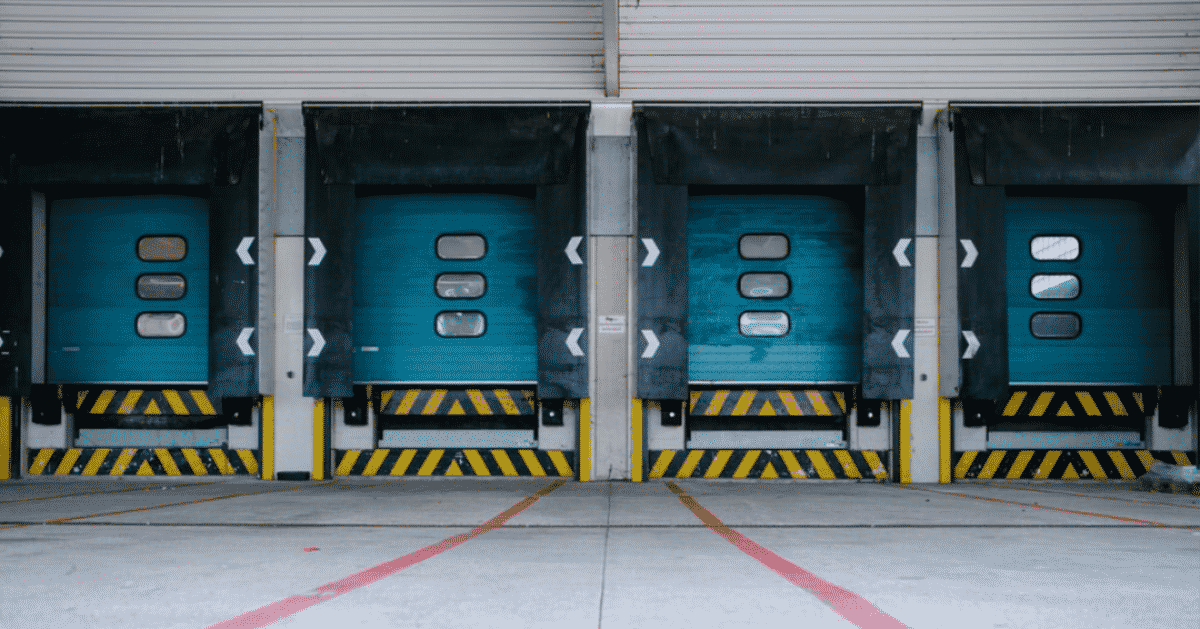
With eCommerce return rates being as high as 20%, setting up a system for reverse logistics should be a priority. According to this survey, failure to provide a smooth returns process can damage your brand. It makes sense, too. There is nothing quite as annoying as returning a broken item that you purchased online.
ArcBest suggests implementing return policies that include a full refund, don’t require receipts, and don’t require original packaging. While the leniency of such a return policy may seem unsettling, consider it from the customer’s point of view. A company with a friendly return policy is more likely to retain customers. After all, smooth returns are a sign of great customer service. Additionally, you may even sell more because lenient return policies can increase sales.
Customer service and retention are tough to track, though. The cost of merchandise returned and the reverse logistics needed to send them back to the warehouse is far easier to track. Therefore, you may say “these ideas are good, but it just won’t work for my business.”
If this is the case, we encourage you to take a step back and look at reverse logistics as a whole. It’s not just about returns – although that will be a sizeable part of any reverse logistics system. It’s also about being able to recall defective goods and fix broken goods through repairs, refurbishments, and warranties. That’s a lot to handle, which is why items need to flow through the supply chain smoothly both forward and backward.
The Tangible Benefits of Reverse Logistics
Indeed, there are tangible benefits to smooth reverse logistics processes that go beyond customer service and retention. If you accept as a fact that some items will inevitably have to go back to you for one reason or another, you can create elegant, simple processes. That can save a ton of money on administrative costs.
Similarly, if you have a defined process for sending items back to the warehouse/manufacturer, you can cut down on shipping and transportation costs, too. Planning ahead means not scrambling at the last minute and paying whatever you must to ship and transport goods.
Finally, if you have a good reverse logistics system in place, you will have to spend less money on tech support and quality assurance. Preventing bad items from leaving the warehouse can be expensive, and there are diminishing returns to quality assurance. Having a good reverse logistics process in place can reduce the worry associated with cutting quality control expenses. Additionally, troublesome technological items, particularly inexpensive ones, are cheaper to replace than to fix over the phone. Tech support is difficult and expensive, often costing more in labor hours than the item itself made in profit.
Need help fulfilling orders for your business?
Request your quote today.
How a 3PL Can Help Your Business with Reverse Logistics
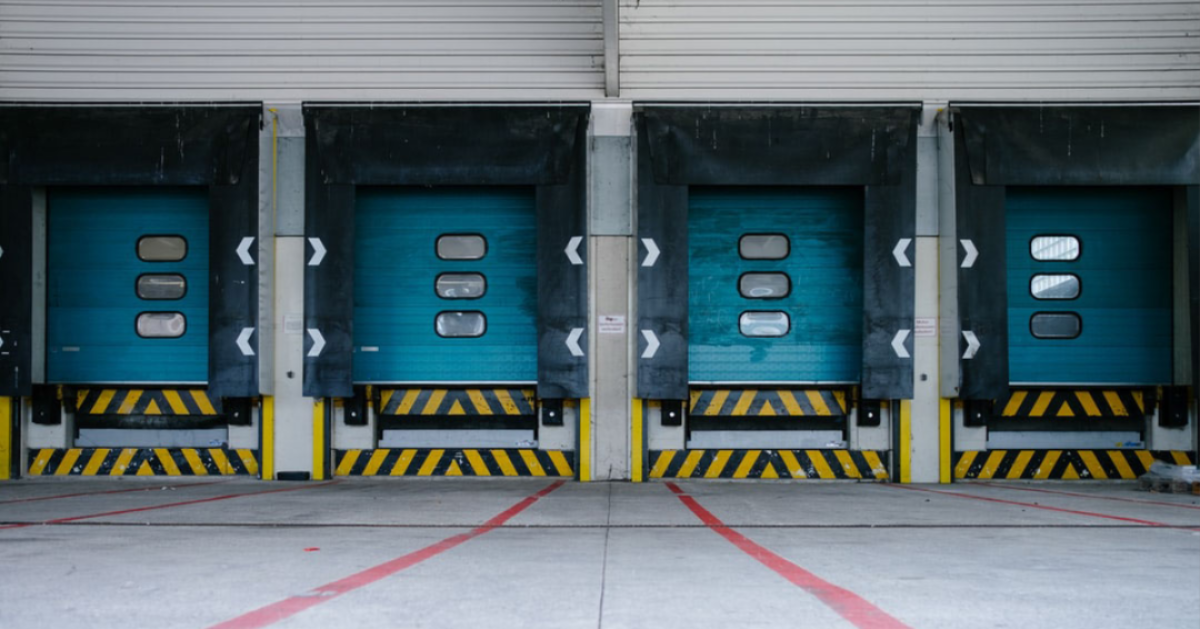
We’ve talked about the value of reverse logistics throughout this article. How about making it happen? As it turns out, it’s pretty difficult.
The reverse logistics pipeline is notoriously complex. For that reason, we recommend partnering with a 3PL (third-party logistics provider) such as Fulfillrite. Here are a few reasons why:
- Fulfillment centers can handle returns, recalls, and disposal faster than a company doing fulfillment in-house. Items needing repairs can be sent to the appropriate place soon after receiving them.
- If you’re concerned about the environment, fulfillment centers use fewer supplies to pack items and are more likely to recycle.
- When items are returned, fulfillment centers can update your inventory data, giving you more information to work with.
With all this in mind, handling reverse logistics exceptionally well can be a differentiating factor for your business. You are more likely to be able to achieve that level of efficiency by outsourcing the responsibility.
Final Thoughts
It’s easy to forget about reverse logistics. Nobody starts a business by talking about how efficiently items will be returned to the warehouse. Yet customer needs ranging from returns to repairs require you to think about how the process will work.
With a little forethought and planning, your business set up elegant reverse logistics processes. This will allow you to improve customer service, retain customers, and collect data to further improve your operations. Over time, it can become a differentiator for your business and perhaps even a strategic advantage.
Need help fulfilling orders for your business?
Request your quote today.
You’ve done everything by the book. Your Kickstarter campaign is almost ready to launch.
You made a great product. Built an audience. Set up a campaign page.
But how do you ship it?
We put this checklist together to help you get started. It's free.

